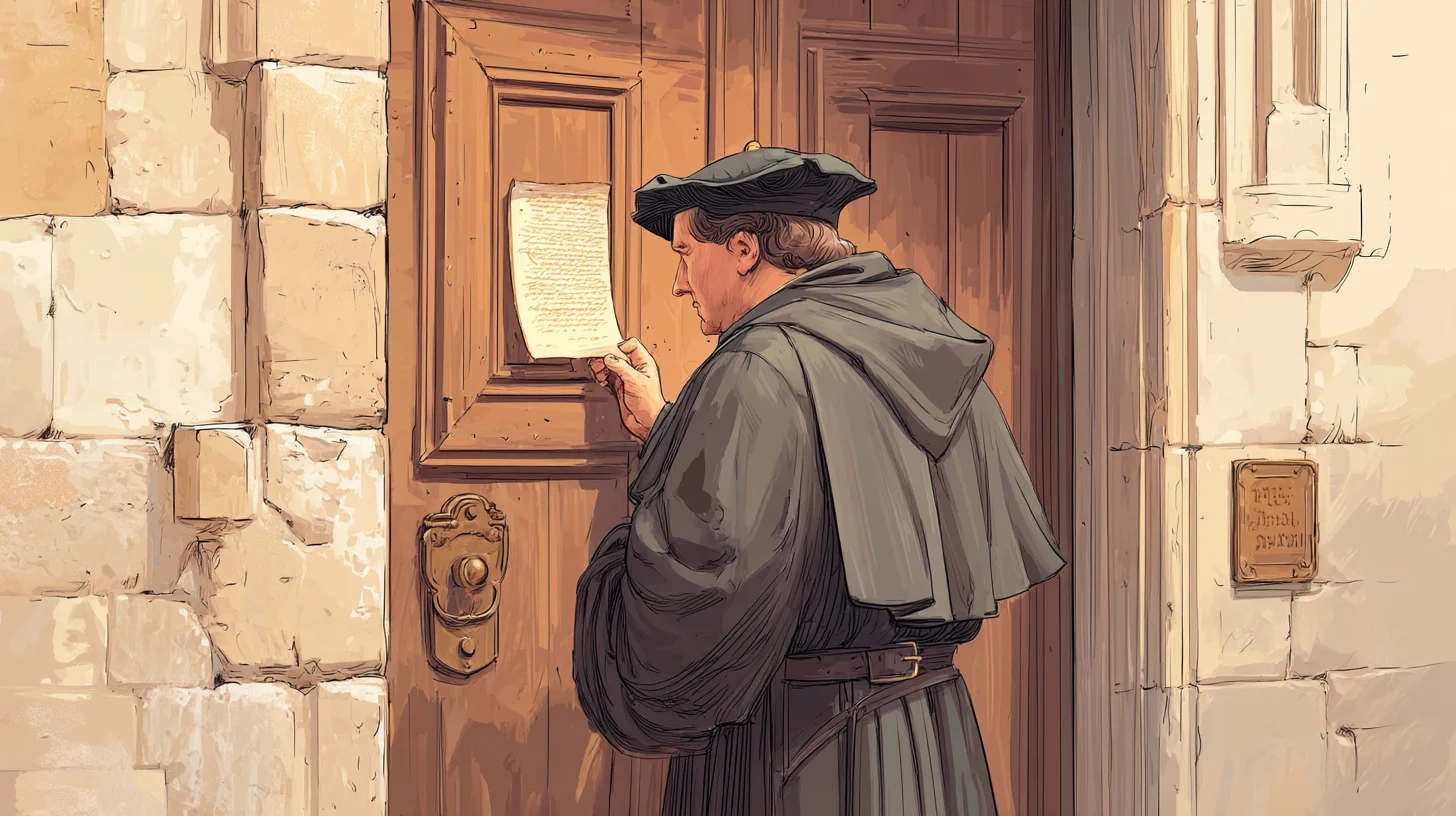The Zechariah Prophecy
The image of Jesus entering Jerusalem on a donkey stands as one of the most visually striking and symbolically rich moments in the Gospel narratives. This seemingly humble act carried profound theological significance for Jesus’ contemporaries, drawing directly from centuries of Jewish messianic expectation and Old Testament prophecy. At the heart of this symbolism lies Zechariah 9:9, a prophetic text that illuminates the meaning behind Jesus’ deliberate choice of transportation on that first Palm Sunday.

The prophet Zechariah, writing in the post-exilic period (approximately 520-518 BCE), delivered a message of hope to a people rebuilding after national devastation. Among his visions of restoration came this remarkable prediction: “Rejoice greatly, O daughter of Zion! Shout, O daughter of Jerusalem! Behold, your King is coming to you; He is just and having salvation, lowly and riding on a donkey, a colt, the foal of a donkey” (Zechariah 9:9).
This prophecy contained several critical elements that would have resonated powerfully with first-century Jews. First, it explicitly identified the coming figure as royalty—”your King.” Second, it characterized this king with attributes of justice and salvation. Third, and perhaps most striking, it presented a paradoxical image: a king who comes not on a war horse but in lowliness, mounted on a donkey.
The Gospel Fulfillment
All four Gospels record Jesus’ triumphal entry, with Matthew and John explicitly connecting the event to Zechariah’s prophecy. Matthew’s account is particularly detailed: “They brought the donkey and the colt, laid their clothes on them, and set Him on them. And a very great multitude spread their clothes on the road; others cut down branches from the trees and spread them on the road” (Matthew 21:7-8).
John’s Gospel directly ties this to prophetic fulfillment: “Then Jesus, when He had found a young donkey, sat on it; as it is written: ‘Fear not, daughter of Zion; behold, your King is coming, sitting on a donkey’s colt'” (John 12:14-15).
What’s striking is the deliberateness with which Jesus arranged this entry. In Mark’s account, Jesus specifically instructs his disciples to find and bring him a colt that had never been ridden. This was no improvisation but a carefully orchestrated prophetic enactment—Jesus intentionally staging a living fulfillment of Zechariah’s words.
The Dual Symbolism of the Donkey
In ancient Near Eastern culture, the donkey carried dual symbolic significance that would not have been lost on the Jerusalem crowds. First, in times of peace, kings and officials would ride donkeys rather than horses. The donkey thus symbolized royalty, but specifically peaceful royalty. Solomon, for instance, rode to his coronation on a mule (a close relative of the donkey) in 1 Kings 1:33-34.
Contrasting this, horses were associated almost exclusively with warfare. When Zechariah’s prophecy continues in 9:10, it specifically mentions that God “will cut off the chariot from Ephraim and the horse from Jerusalem”—imagery of ending warfare.
By choosing the donkey, Jesus made a profound messianic statement with layers of meaning. He simultaneously:
- Claimed royal identity as David’s heir
- Declared his mission as peaceful rather than militant
- Directly fulfilled recognized messianic prophecy
- Presented a counterpoint to imperial Roman power
A Different Kind of King
Jesus’ choice challenged prevailing messianic expectations. Many Jews anticipated a warrior-messiah who would overthrow Roman rule through military might. A messiah on a war horse would have aligned with these revolutionary hopes. Instead, Jesus presented himself as a different kind of king—one whose power operated through humility rather than force.
This tension between expectations and reality lies at the heart of Palm Sunday’s drama. The crowds who shouted “Hosanna!” (literally “save now”) and spread palm branches (a symbol of Jewish nationalism and victory) were welcoming Jesus with clearly political overtones. They expected him to fulfill their vision of liberation.
Yet Jesus deliberately chose imagery that redefined messiahship. The donkey symbolized that his kingdom would come not through violence but through peace; not through domination but through service; not through coercion but through sacrifice.
Royal Humility: The Theological Paradox
This brings us to the profound theological paradox at Palm Sunday’s core. Zechariah’s prophecy described the king as both righteous and having salvation, yet also as “lowly.” The Hebrew word here (עָנִי, ani) can mean poor, afflicted, or humble. This seemingly contradictory combination—royal power united with humility—captures the essence of Jesus’ messianic identity.
The Apostle Paul would later articulate this paradox in Philippians 2:5-8, describing how Christ “emptied himself, taking the form of a servant” and “humbled himself and became obedient to the point of death.” The donkey symbolized this self-emptying kingship—power exercised through vulnerability.
Implications for First-Century Hearers
For first-century Jews familiar with their scriptures, Jesus’ donkey-riding entrance would have triggered a constellation of associations beyond just Zechariah’s prophecy. Genesis 49:10-11 linked the coming of Shiloh (a messianic title) with the binding of donkeys and the washing of garments in wine—imagery connecting to both Palm Sunday and later to Jesus’ passion.
Furthermore, the prophet Balaam had declared, “I see Him, but not now; I behold Him, but not near; a Star shall come out of Jacob; a Scepter shall rise out of Israel” (Numbers 24:17)—another messianic prophecy. Interestingly, this oracle came through Balaam’s donkey, creating another layer of donkey symbolism in messianic expectation.
Contemporary Significance
Palm Sunday’s donkey symbolism continues to challenge contemporary understandings of power and leadership. In a world where strength is often defined by force, wealth, or dominance, the image of a king on a donkey presents a radical alternative. It suggests that true power lies in humility, that leadership manifests in service, and that God’s victory comes through apparent weakness.
The tensions present that first Palm Sunday—between imperial power and divine humility, between nationalistic expectation and spiritual reality, between triumph and sacrifice—remain with us today. When we wave palm branches and proclaim “Hosanna,” we are challenged to recognize that God’s way of salvation often contradicts human expectations.
The king on a donkey reminds us that the divine approach to transformation operates not through coercion but conviction, not through domination but through love. In embracing this paradoxical king, we are invited to reexamine our own understanding of power, success, and salvation—to see how God’s strength is made perfect in weakness, and how a humble king on a donkey might indeed be the salvation of the world.



